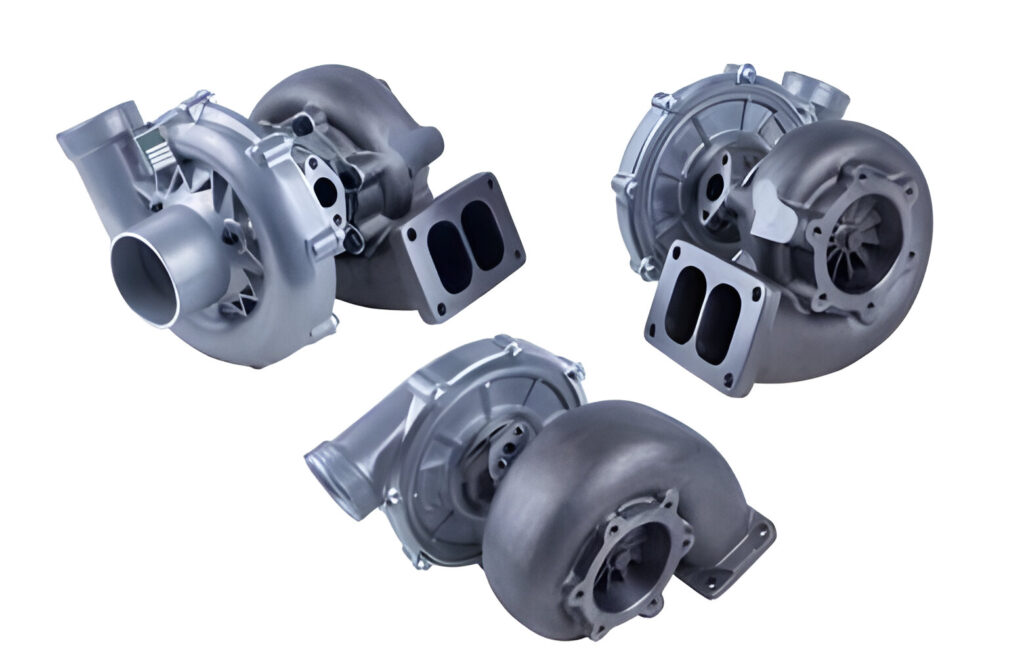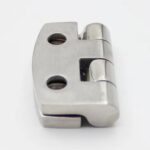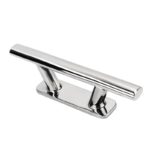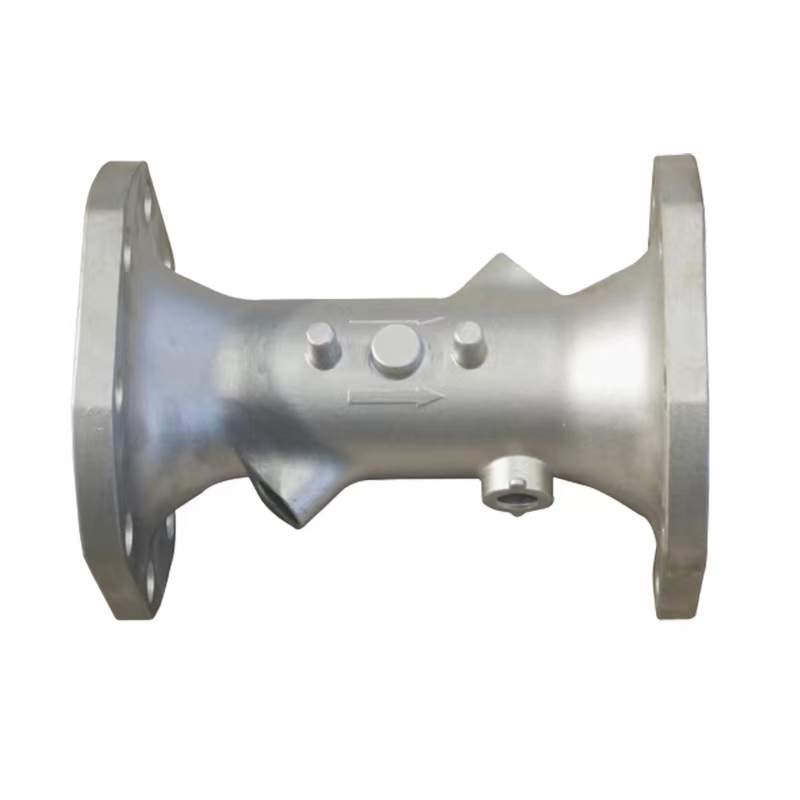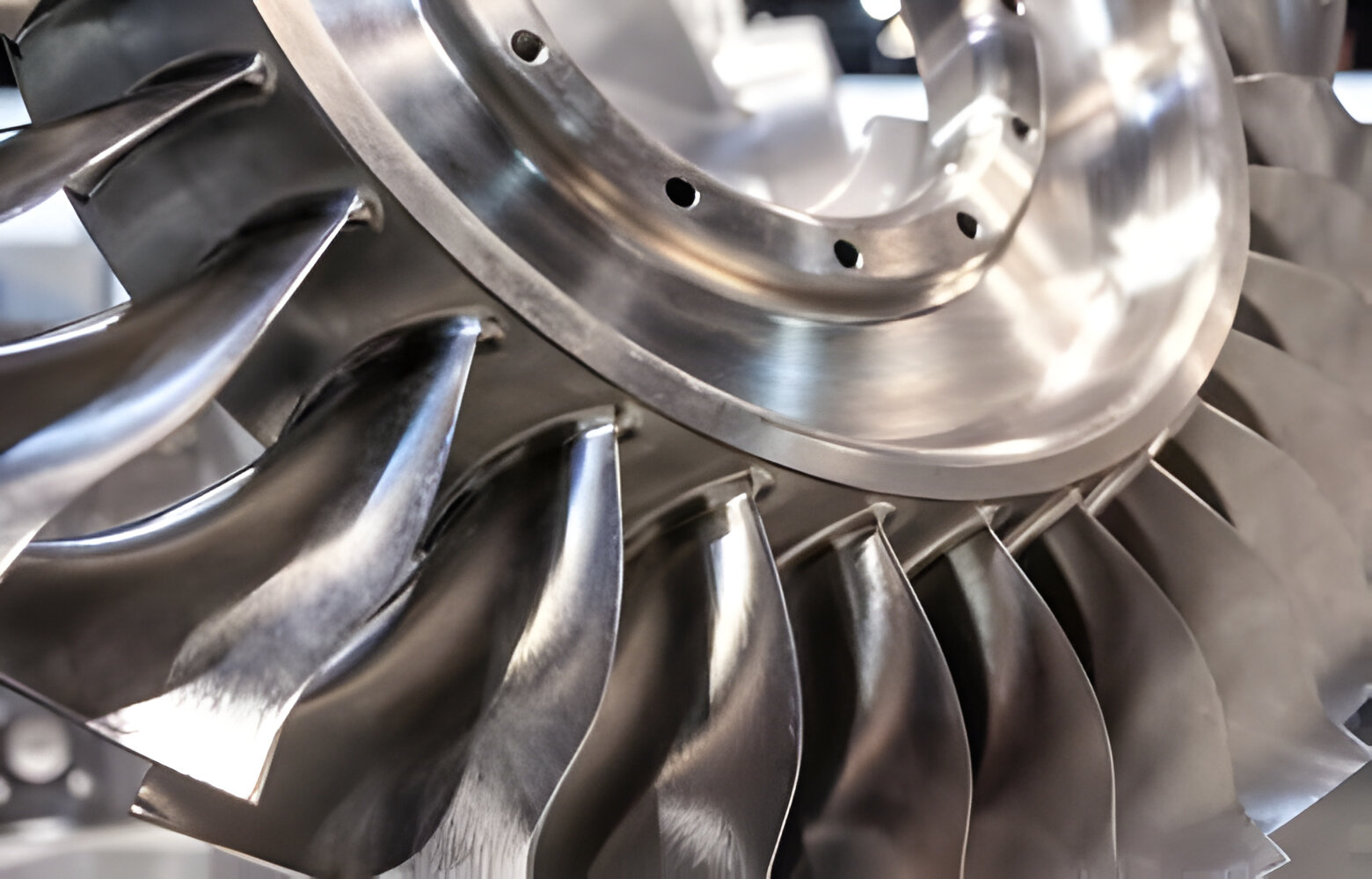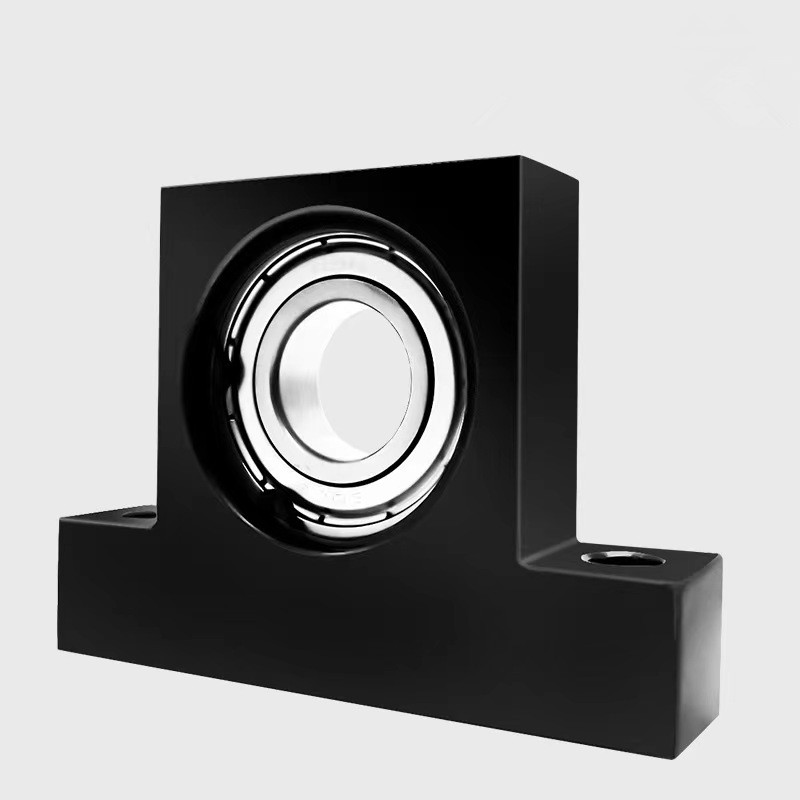Choosing the right exhaust manifold material is crucial for automotive performance and durability. Aluminum and cast iron are two popular materials, each offering unique benefits and challenges. This article explores the differences between aluminum and cast iron exhaust manifolds, with a focus on their applications, advantages, and the role of stainless steel in exhaust systems.
Aluminum Exhaust Manifolds
Aluminum exhaust manifolds are known for their lightweight properties, which can significantly reduce the overall weight of a vehicle. This weight reduction leads to improved fuel efficiency and enhanced vehicle handling. Additionally, aluminum offers excellent thermal conductivity, allowing it to dissipate heat quickly. This characteristic is particularly beneficial in high-performance applications where rapid heat dissipation is crucial.
However, aluminum manifolds are not as durable as their cast iron counterparts. They are more prone to cracking under extreme temperature fluctuations and may not withstand prolonged exposure to high heat. Therefore, aluminum exhaust manifolds are often used in performance-oriented vehicles where weight reduction is prioritized over long-term durability.
Cast Iron Exhaust Manifolds
Cast iron exhaust manifolds, on the other hand, are renowned for their durability and strength. They can withstand extreme temperatures and are less likely to crack or warp under stress. This makes them ideal for heavy-duty applications, such as trucks and commercial vehicles, where longevity and reliability are paramount.
The main drawback of cast iron manifolds is their weight. They are significantly heavier than aluminum manifolds, which can negatively impact vehicle performance and fuel efficiency. Additionally, cast iron has lower thermal conductivity compared to aluminum, which can lead to higher engine compartment temperatures.
Stainless Steel in Exhaust Systems
Stainless steel is an increasingly popular material for exhaust manifolds due to its superior corrosion resistance and strength. Stainless steel exhaust manifolds combine the best properties of aluminum and cast iron. They are lightweight like aluminum but offer the durability and heat resistance of cast iron. This makes them suitable for a wide range of applications, from high-performance sports cars to heavy-duty trucks.
Stainless steel turbo manifolds are particularly notable for their ability to withstand the high temperatures and pressures associated with turbocharged engines. These manifolds ensure optimal performance and longevity, making them a preferred choice for turbocharged vehicles.
Sand Casting and Investment Casting
The manufacturing process also plays a significant role in the performance and durability of exhaust manifolds. Sand casting is a traditional method used to produce cast iron exhaust manifolds. This process involves creating a mold from sand and pouring molten iron into it. Sand casting is cost-effective and suitable for producing large volumes of parts with complex shapes.
In contrast, stainless steel exhaust manifolds are often produced using investment casting. This method, also known as precision casting, involves creating a wax model of the manifold, coating it in ceramic, and then melting away the wax to leave a ceramic mold. Molten stainless steel is then poured into the mold. Investment casting produces parts with superior surface finish and dimensional accuracy, making it ideal for high-performance applications.
Practical Applications and Product Details
For customers looking to upgrade their exhaust systems, stainless steel exhaust manifold manufacturers offer a range of products designed to meet various performance needs. Whether you require a lightweight solution for a sports car or a durable manifold for a commercial vehicle, there are stainless steel options available.
One such product is the stainless steel turbo manifold, engineered to withstand the high temperatures and pressures of turbocharged engines. These manifolds are designed to enhance exhaust flow and improve engine performance, making them a valuable addition to any turbocharged vehicle.
Another popular option is the sand casting exhaust manifold, which provides the robustness needed for heavy-duty applications. These manifolds are built to last, ensuring long-term reliability and performance.
To explore our range of exhaust manifolds and find the perfect fit for your vehicle, visit our website at kt-foundry. Our team of experts is ready to assist you in selecting the right product to meet your specific requirements.

